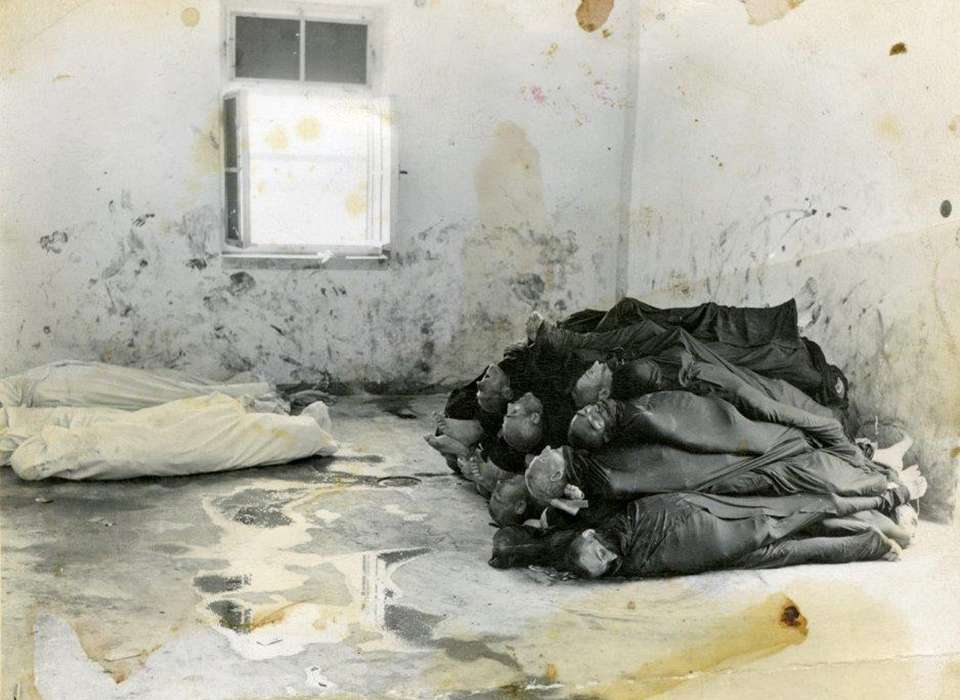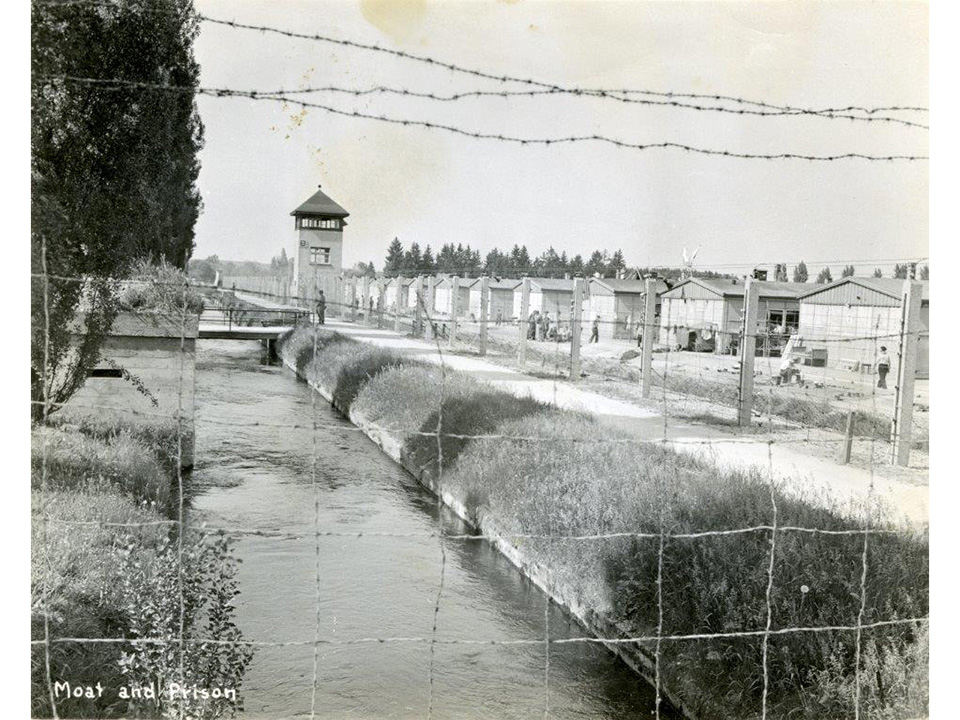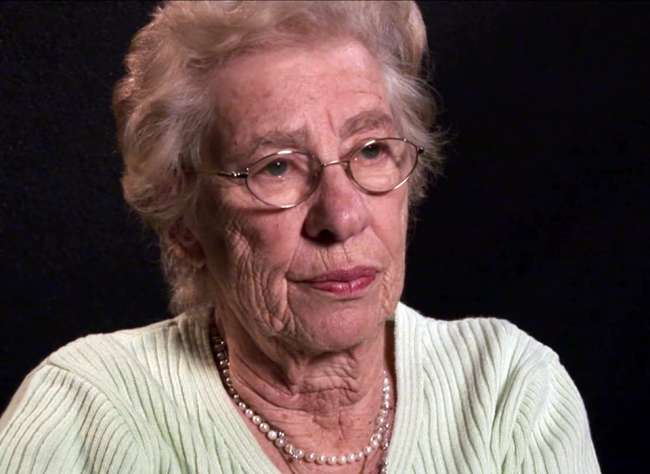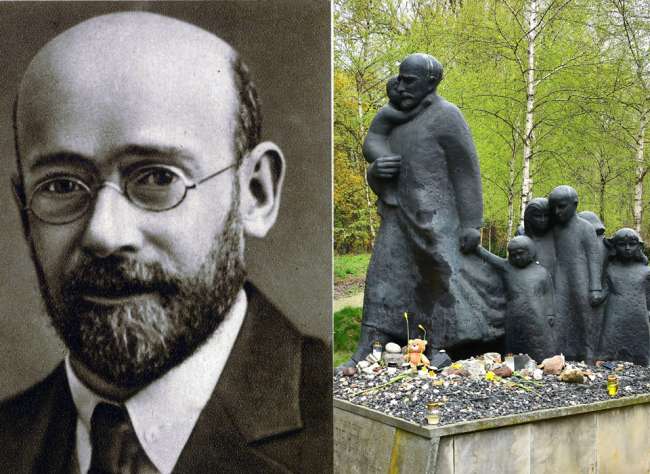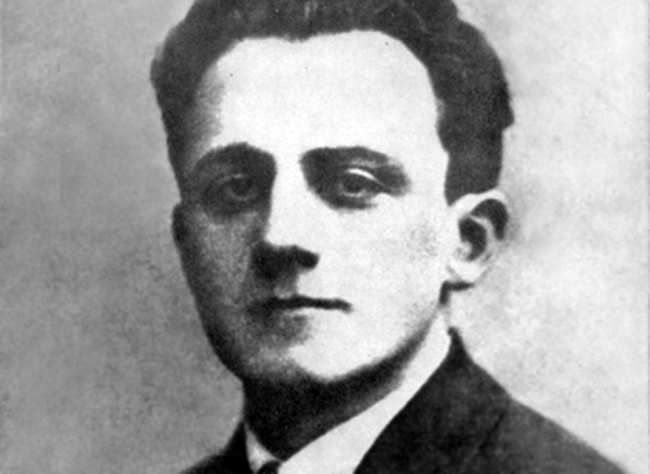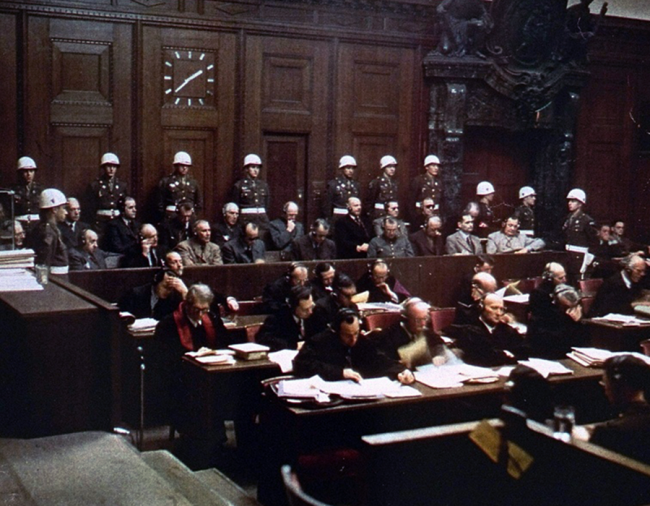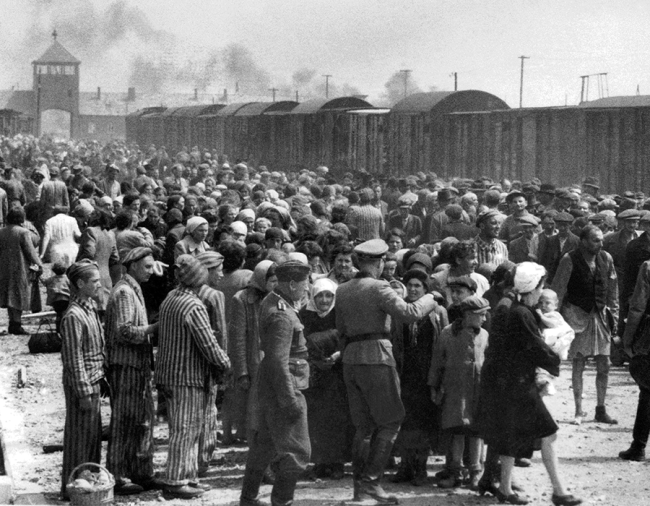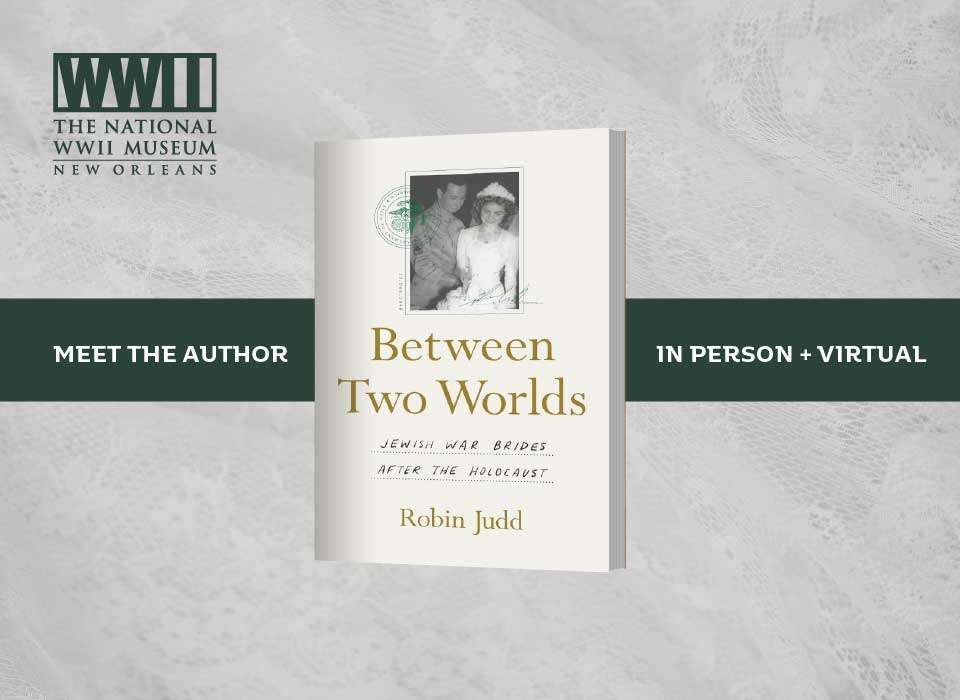Top Image: "Cordwood for human furnace." Dead concentration camp prisoners, Dachau, 1945. From the collection of The National WWII Museum, Gift of The United States Holocaust Memorial Museum, 2009.373.069.
“Never settle,” says Dr. Fisch, holding my eyes with his own. I’m in Minnesota to conduct an oral history with my first Holocaust Survivor, Dr. Robert O. Fisch. At this point I’ve sat down and interviewed only WWII Veterans and was interested to meet this Survivor and hear a completely different perspective of the war. An exceedingly charming and warm man, Dr. Fisch and I chat a bit as I set up the camera in his dining room. He is adamant that I never settle in life and drives that point home. As the years of conducting oral histories stack up, the Holocaust Survivors are the interviewees who share a common thread. The theme, if you will, with their advice to me, a young woman, is to never settle in life.
Dr. Fisch might have been the first Holocaust Survivor I’ve interviewed but he wasn’t the last. Forty-five Survivors would sit down in front of my camera and recount the horrors and sometimes miracles they’ve lived through. Family members are named, family history is recounted so that this information may be preserved somewhere, as they are the last to retain these memories. Scenes are conjured in the space between us filled with hate, fear, and the smell of bodily functions and death. There is sadness for the loss of their loved ones, despair over the hatred that fueled the killing machine because they simply existed, and pure rage.
Adolf Hitler and the Nazi Party came to power in Germany in 1933. Dachau, one of the first concentration camps, was established soon after. The Germans under Nazi rule would leave a legacy of thousands of ghettos, work camps, concentration camps, subcamps, and death camps. The camps were created to fulfill the party’s extermination policy called the “final solution” and resulted in the systematic killing of those of Jewish faith. Nazi Germany would be responsible for the extermination of more than six million Jews.
View looking into liberated Dachau concentration camp from across the moat, Germany, 1945. From the collection of The National WWII Museum, Gift of The United States Holocaust Memorial Museum, 2009.373.065.
Jack Carver, a young man in his early twenties, served with the 328th Infantry Regiment, 26th Infantry Division, Third Army. He was deployed to Europe, fought his way through the Battle of the Bulge, crossed the Rhine River and into Germany. Jack was part of a scouting party that came across an abandoned train with locked boxcars.
These were some of the sights that American GIs were coming face to face with: camps full of walking skeletons, piles of bodies barely recognizable as humans, evidence of what destruction people are capable of. Many American soldiers would become known as Liberators and subsequently carry these images in their minds for the remainder of their lives.
In 1939 Germany invaded Poland. Reva Kibort, six years old at the time, loses her father to the frenzy of bombings. It takes them days to find his body. The youngest of six siblings, Reva’s childhood would be dominated by loss. She and her family were relocated to the Warsaw Ghetto. Reva watched as her grandmother died from starvation. Unchecked disease was rampant, streets in the ghetto were littered with the deceased, covered by newspapers. Her family decided to escape the ghetto. Splitting up into three smaller groups, they each attempted to reach the town of Demblin. Reva would discover later that her mother, aunt, and sister were caught and sent to the Treblinka death camp to be executed. The Gestapo raided Demblin, and Reva and her sisters were packed into boxcars headed to the Demblin slave labor camp. After a couple years at Demblin, the Germans decided to evacuate the camp. Reva was deported to the Czestochowa Labor Camp.
There is a well-known anecdote that General Eisenhower, when entering a concentration camp, Ohrdruf, for the first time, ordered that the camp be photographed and filmed, realizing that there would be a need to combat disbelief in the future. Many of the Holocaust Survivors who agreed to give their personal testimony have come to a similar conclusion as Reva; there was a reason they lived. The strength that it took—sometimes described as luck, other times described as divine intervention—to come through the experience of being hunted, watching those you love be shot, starved or put in line for the crematoria, and wondering if you’re next, is no small thing. The Survivors who give their testimony today, while removed from the events of years past, relive the memories as they speak of them and often the trauma. Their motivation is exceptional. Their perseverance and strength to brave the darkest moments of their memories come through in every single testimony given.
Today we remember and recall the Holocaust. Jeannine Burk, a Hidden Child Holocaust Survivor, says it best. When the Survivors are gone it is up to the younger generations to hold onto this memory. To preserve the reality of the atrocities that were committed. To prevent prejudice and hate from taking the form of genocide again. Never again.
I implore you, today, tomorrow, or perhaps the next day, to visit our website www.ww2online.org and take the time to watch an entire testimony of a Holocaust Survivor.
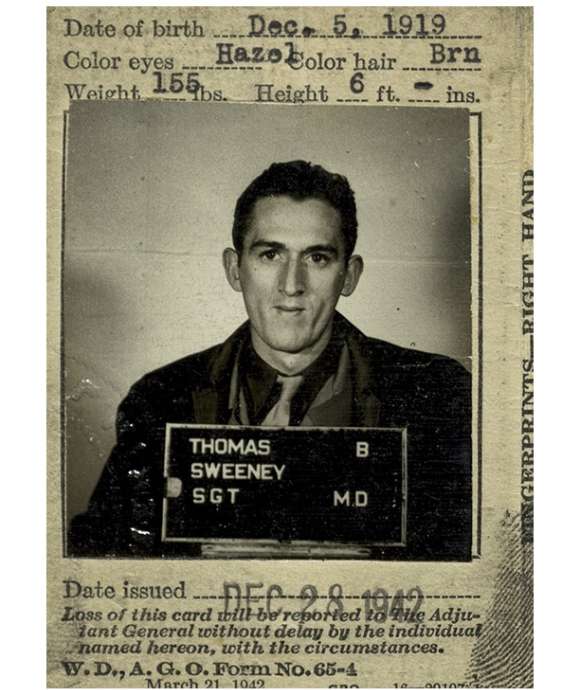
Liberator Sgt. Thomas Sweeney, 71st Infantry Division
Sgt. Thomas Sweeney, 71st Infantry Division, was one of the many American medics and liberators who found themselves woefully underprepared in rendering aid to survivors of Nazi atrocities.
Hannah Dailey
Hannah Dailey has been an Oral Historian at The National WWII Museum since 2015 and has conducted more than 550 oral history interviews to date, several of which are showcased in our permanent galleries.
Cite this article:
MLA Citation:
APA Citation:
Chicago Style Citation:
